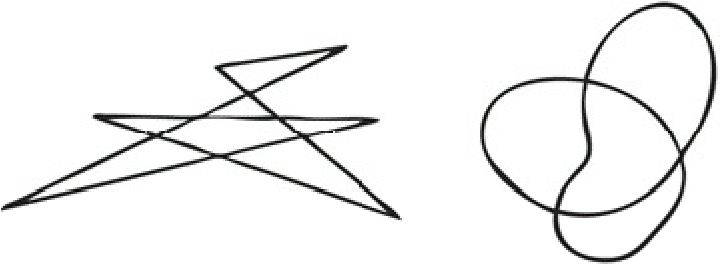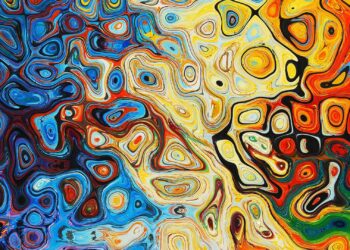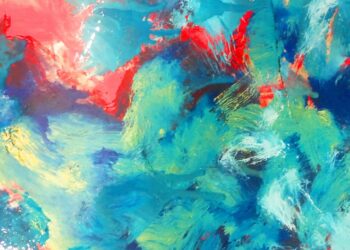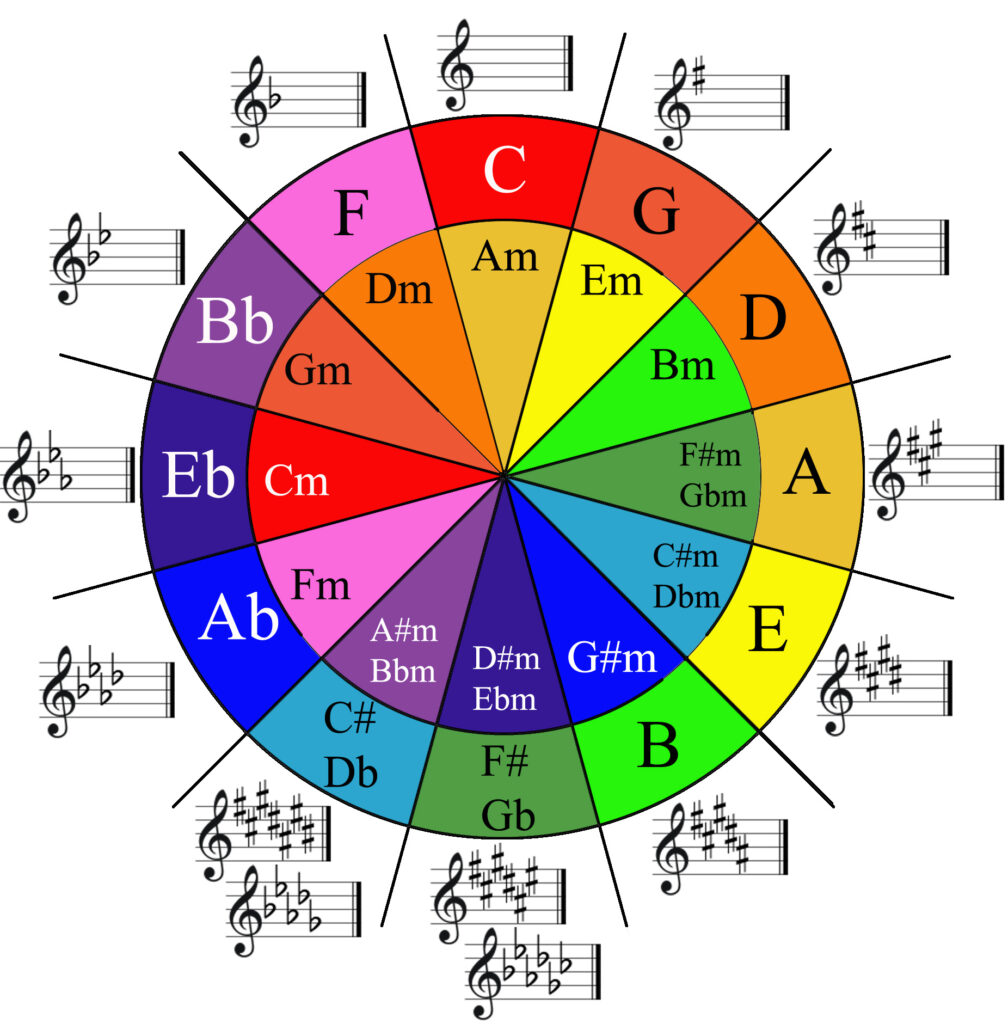Synaesthesia has already been thoroughly described in my previous articles pertaining to my ProWorks Research. But today I want to present something fun and engaging in hopes that I will provoke you to explore your mind more.
Believe it or not, even people who have no synaesthetic tendencies often still subconsciously make multi-sensory correlations. Plainly put, perhaps we can say synesthesia has a big spectrum of intensity, and a lot of it is learned and acquired throughout our lives, through conditioning and cultural norms.
After going through this article, even if you feel like you still don’t relate to the examples shown, it is important to note that synaesthesia can be to some extent induced by meditation, practising and training oneself. Before reviewing the examples listed below, you should perform the synaesthesia test on the following link. Even though this type of test is a scientific method, the website discourages its users from self-diagnosing. This is because even if you test well or not, this test does not cover all types of synaesthesia. You might have some other form that is not being tested by this quiz.
If you performed the test, you should have your suggested result and now you can proceed to check these examples. There is something called the Kiki-Bouba effect, which describes a form of ideasthesia- where we assign names and miraculously even personality traits to shapes. Below are 2 different shapes- if you assign them the correct one, you successfully relate to ideasthesia. So, which one is Kiki and which one is Bouba:

The correct answer is Bouba and Kiki respectively. Here is another one, just to drive the point home. Which one is Takete and which is Maluma:

Correct: Takete and Malouma respectively. What if I told you that 80% of people can correctly assign all these shapes a personality trait as well? The word Kiki is usually associated with the following words: happy, clever, small, tall, thin, young, unpleasant, nervous and upper class. This test also demonstrates the fat-thin effect (with most people stating Kiki is thin). This might be coming from a slew of popular Characters, like Don Quixote and Sancho Panza, Asterix and Obelix, etc.






